|
Developing models is an essential science skill. Models can help us represent abstract ideas and complex explanations. They can enable us to make predictions or determine relationships in a system. For example, we are all familiar with rocks as the most abundant features of our planet. Yet rocks are formed, de-formed, and re-formed in a cycle that's largely not able to be observed firsthand, since many of its processes occur deep within Earth or on a geologic time scale. As a culminating project in our Earth's Composition unit, since we were remote, students modeled the rock cycle with items found at home, and up-cycled or ephemeral projects were encouraged. Then, in a short video with their model, students explained the geologic processes and energy transformations involved in forming each of the three rock types (igneous, sedimentary, and metamorphic). In their models, students were challenged to represent geologic processes like lithification, metamorphism, and crystallization. They totally "rocked" it, and I am amazed by the creativity! Some students used paper and cardboard to great effect... Some students used food like these sour gummies and homemade chocolates... One student even made his own candy to demonstrate each stage of the rock cycle in a project he called "Willy Wonka Geology." Check out the detail on his cocoa marshmallow "pumice" and his arrangement of the confections. All students documented their project research, brainstorming, and progress in their digital science notebook. The focus was on a process of iteration. Below are some sample science notebook pages. Watch this short compilation video and you'll see legos, clay, and other artistic mediums that the students utilized: This project was a chance for students to flex their knowledge by designing a scientific model that demonstrated Earth's dynamic recycling process in which all rock types can be derived from or form each other over geologic time. They were better able to predict outcomes of different geologic forces and discover relationships among the rock types. It was a powerful learning experience.
I am grateful to my Associate Teacher, Tim Varga, for taking the lead on developing and instructing this project work. Fellow science educators interested in incorporating the project into your curriculum, you can find our Modeling the Rock Cycle Project Doc (including instructions, timeline, and rubric) on the Shares tab above. This summer, I was delighted to pilot a new online course, Storytelling for Impact in Your Classroom: Photography, presented by National Geographic Education in partnership with Adobe. In the course, I gained a deep understanding of the power of visual storytelling and the value of photography as an instructional tool in my classroom. In the course, we were inspired by expert National Geographic photographers like Erika Larsen and Hannah Reyes Morales describing their own creative processes and tools. We explored how to compose images for maximum impact on the viewer, and we familiarized ourselves with the ethical and legal aspects of the medium. One of our final tasks was to shoot and edit a short photo series that captured a vivid sense of place at a specific location. We were allowed to include a brief intro and photo captions, but the goal was to make sure the images themselves told the story. You can view mine below. The Santa Cruz Wharf The Santa Cruz Municipal Wharf feels like an intersection of the human world and the natural world. Built in 1913, the wooden wharf stretches more than a half mile over Monterey Bay. Even in the midst of the COVID-19 pandemic this summer, the wharf has continued to attract fisherman, tourists, and wildlife. Shot with iPhone. Santa Cruz, California. 8/13/20. I hope to integrate more photographic storytelling into my future science courses, so students can express themselves and illustrate concepts through a visual medium. I will convey this to students: next time you are somewhere with a camera, don't just point and shoot- aim and create. Challenge yourself to compose interesting images. Look for details others might miss. Tell an authentic story of place. With lots of practice, you might even become a National Geographic photographer.
Educators, Storytelling for Impact in Your Classroom: Photography is a free course, and it also includes complimentary access to Adobe Creative Cloud software for you and your students. The online learning is self-paced yet there are many opportunities to exchange feedback with other participants. You will gain classroom-ready resources like handouts and videos and start to develop a plan to integrate to photographic storytelling into your curriculum. Empower your students to tell their stories. If you are ready to register, please visit this webpage! Critical Creativity
I think nurturing critical creativity is important in the science classroom and, especially in remote learning, activities like these are a fun outlet for students. Student Work SamplesSome students took the opportunity to hand draw (and photograph) their work, and some students worked with digital tools. Either way, the results were amazing. Check out some student work samples below. Quite a cast of characters, right? Fellow science educators interested in incorporating this project into your curriculum, you can find the Make-a-Mineral Doc lesson on my Shares page.
|
AuthorThis blog contains occasional dispatches from my science classroom and professional learning experiences. Thank you for reading! Archives
December 2021
|
|
Cristina Veresan
Science Educator |
Proudly powered by Weebly
|
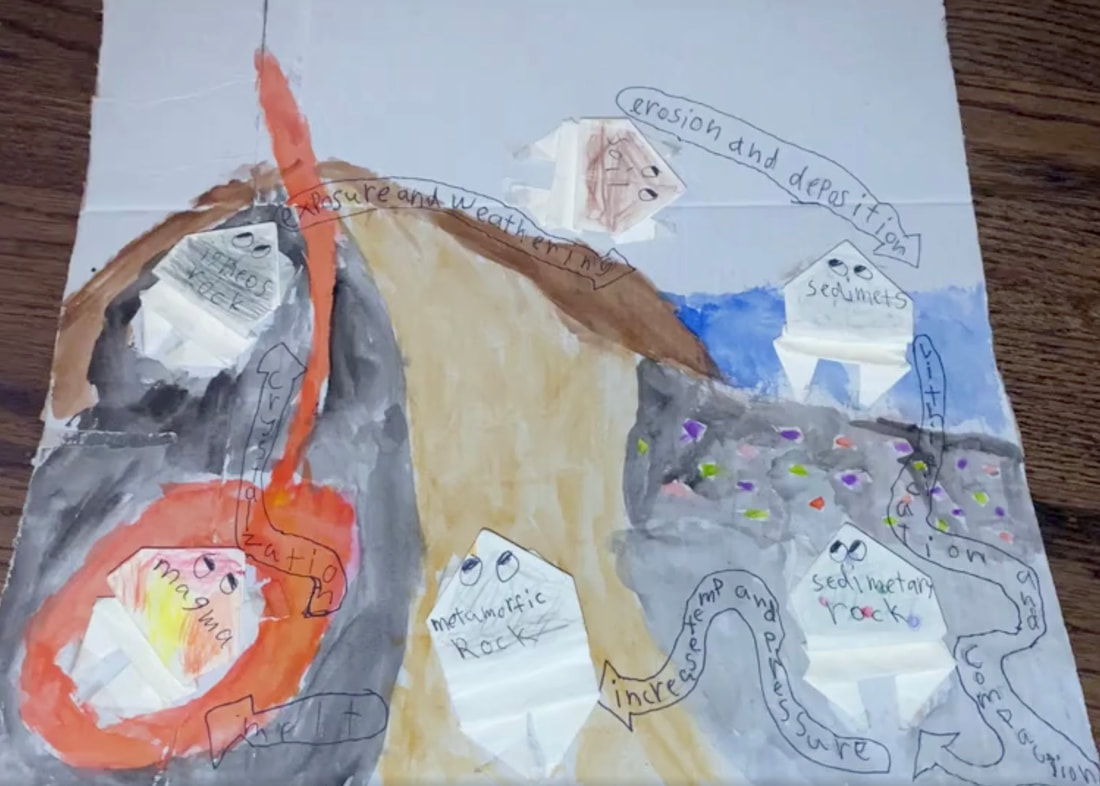
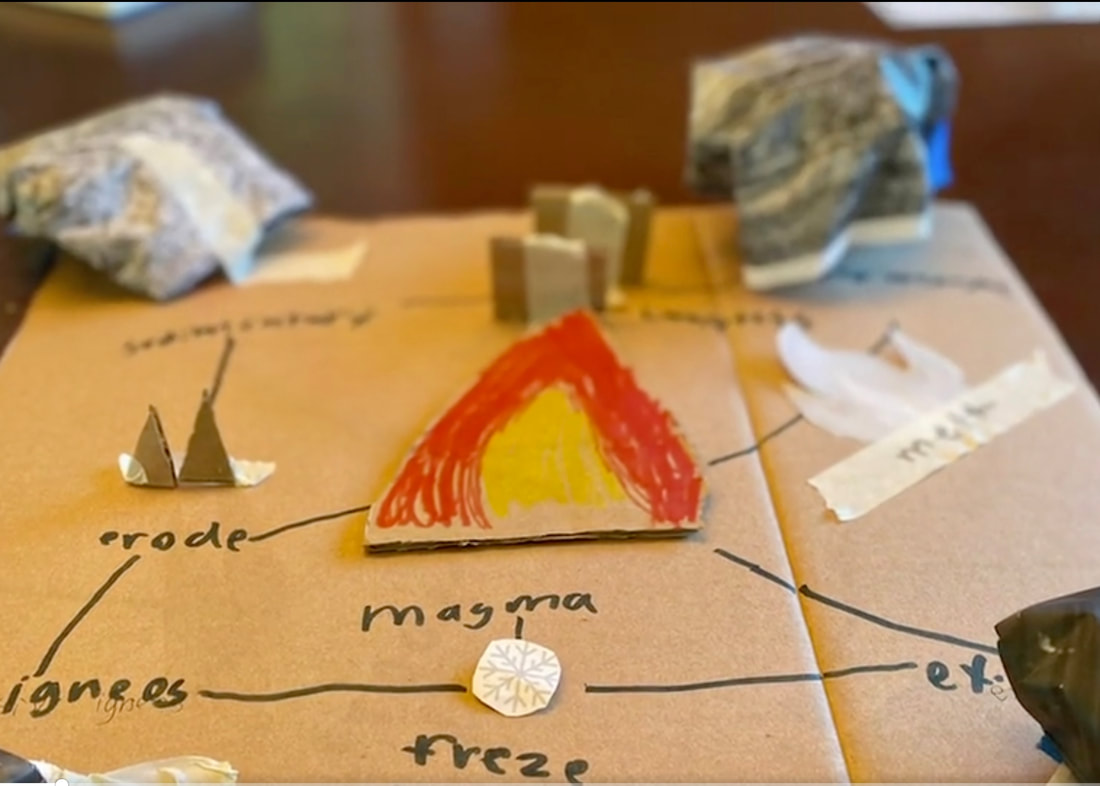
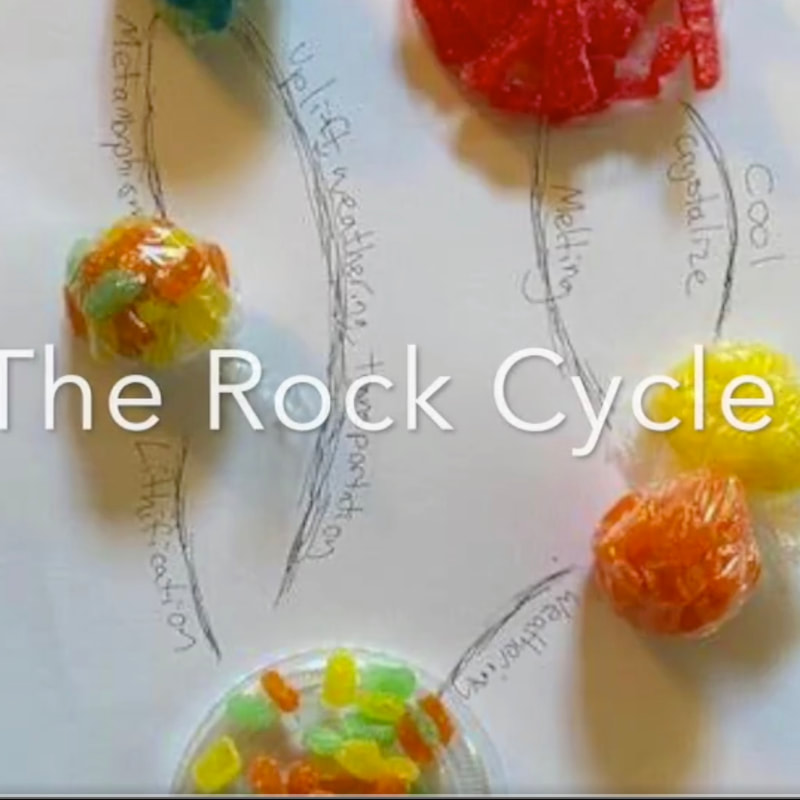
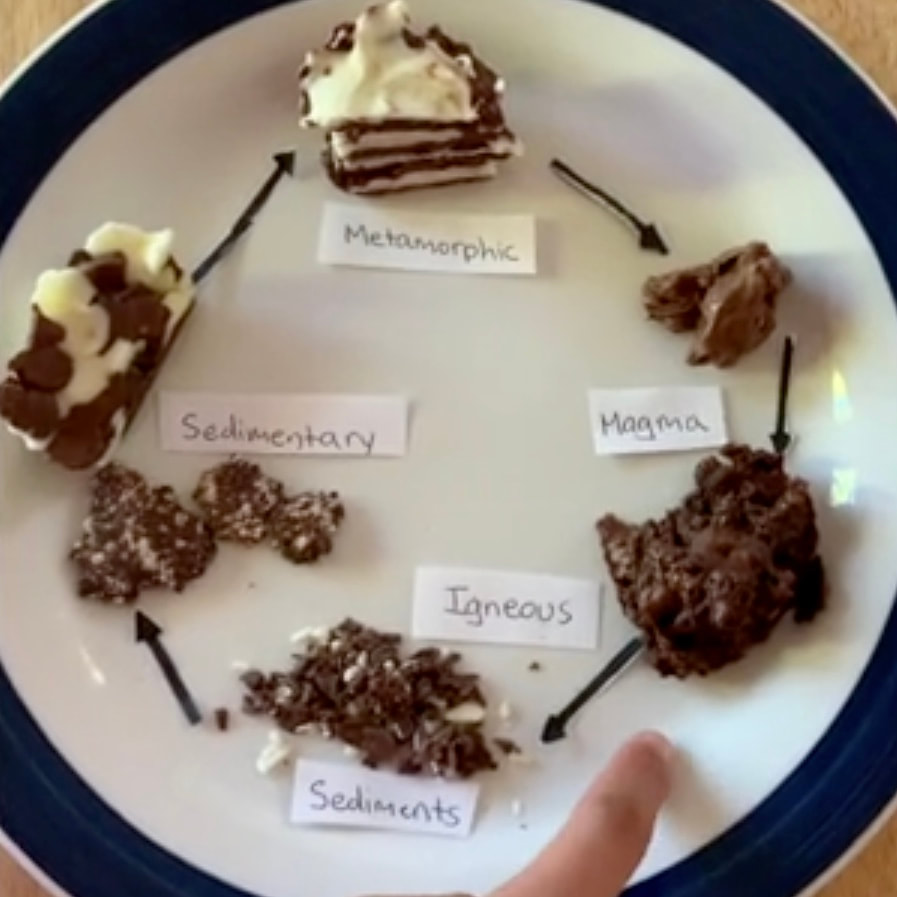
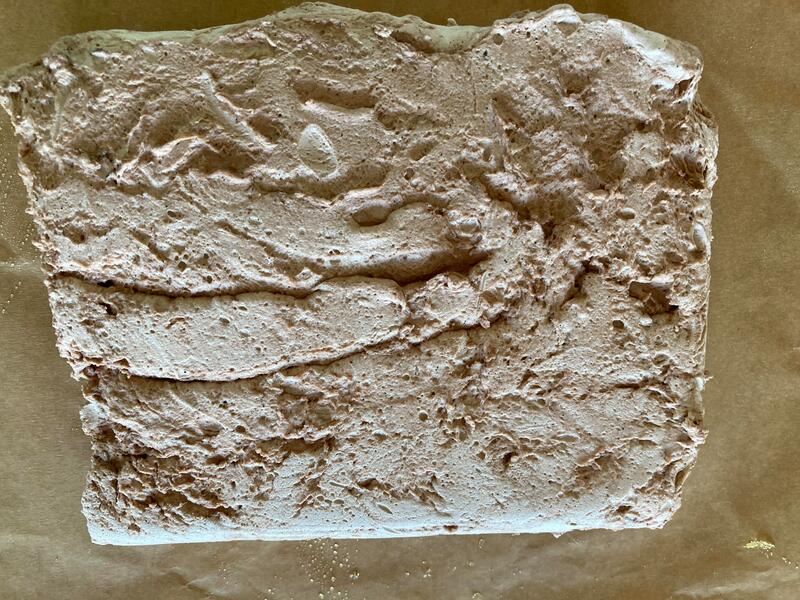
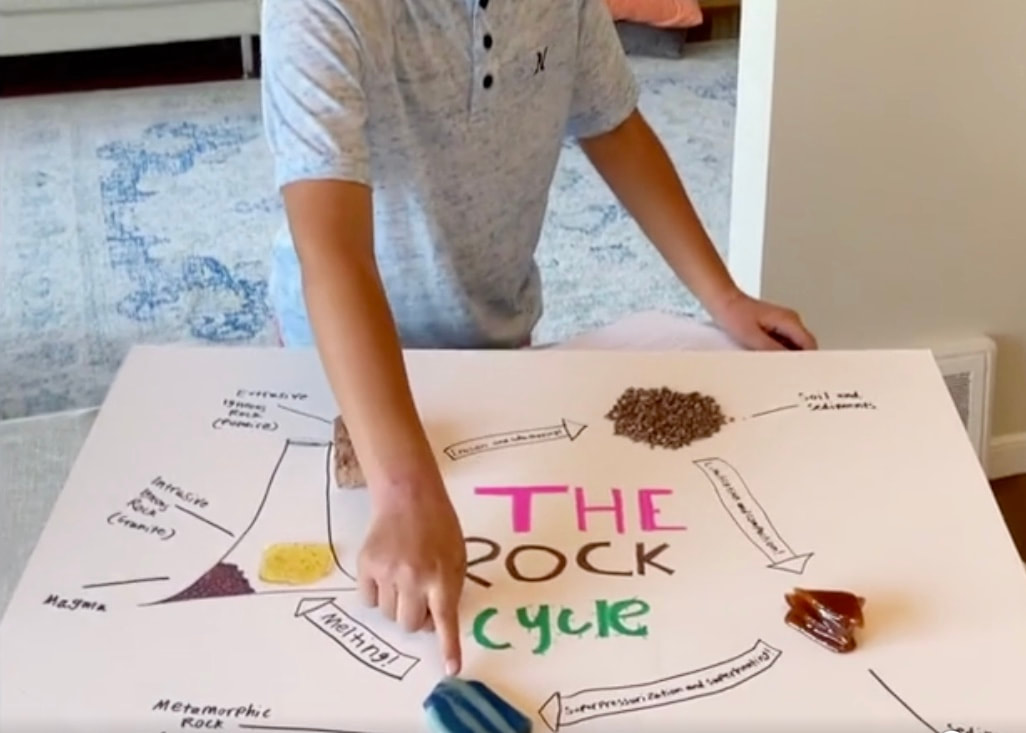
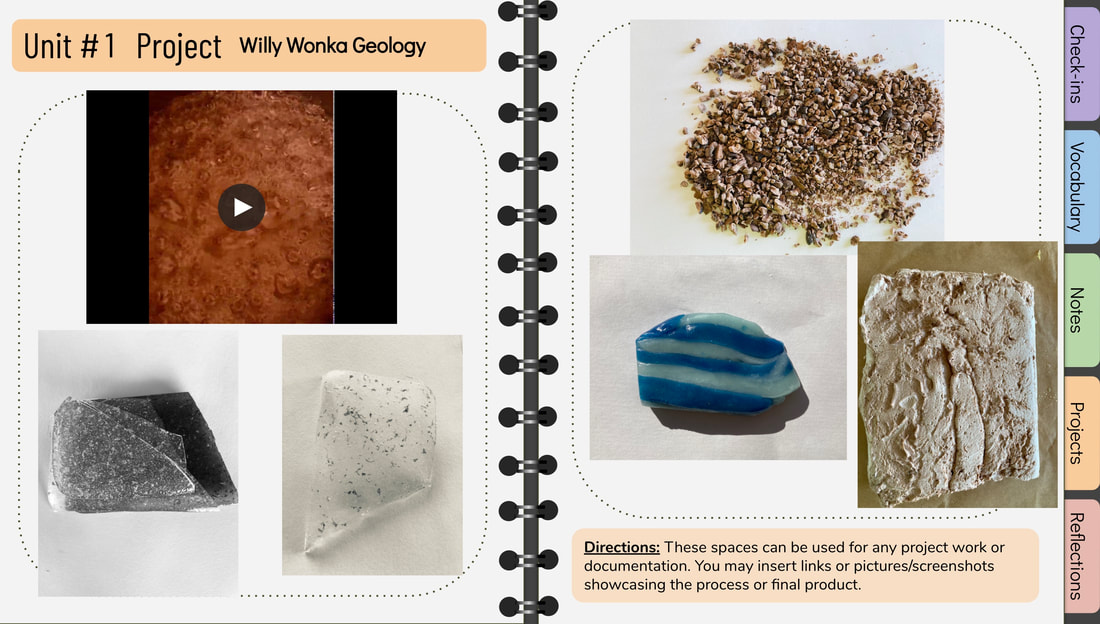
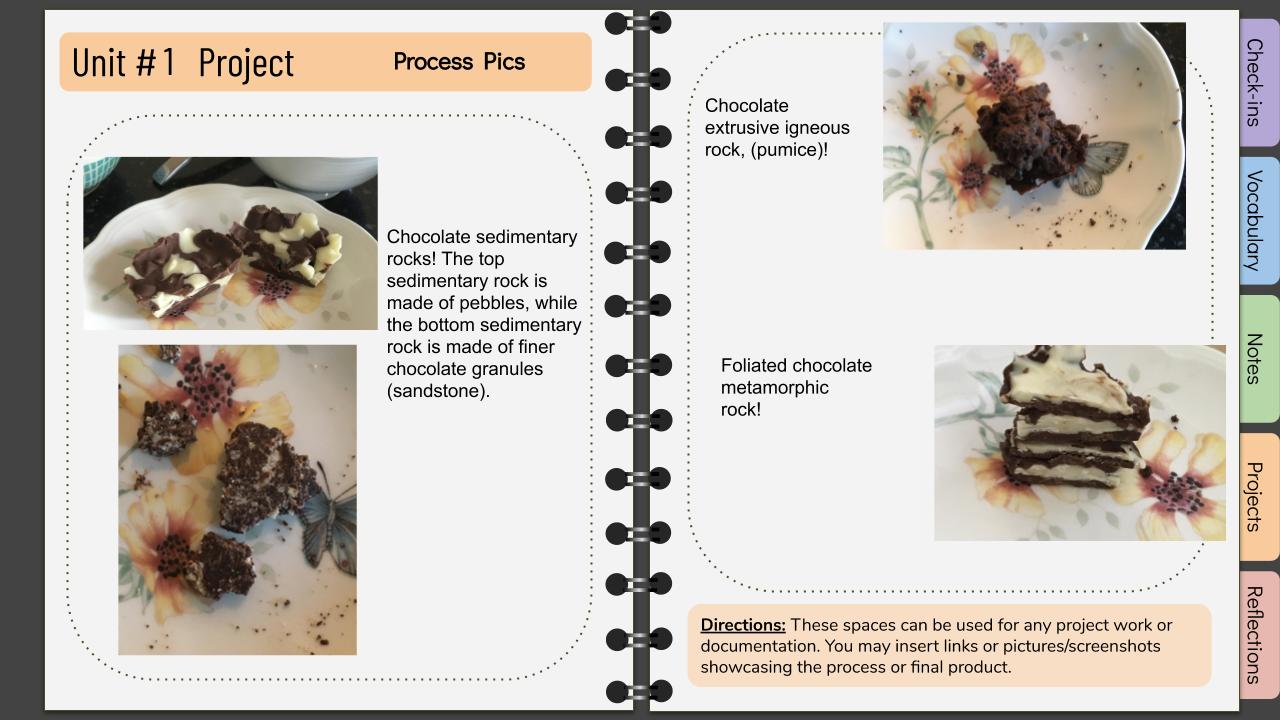
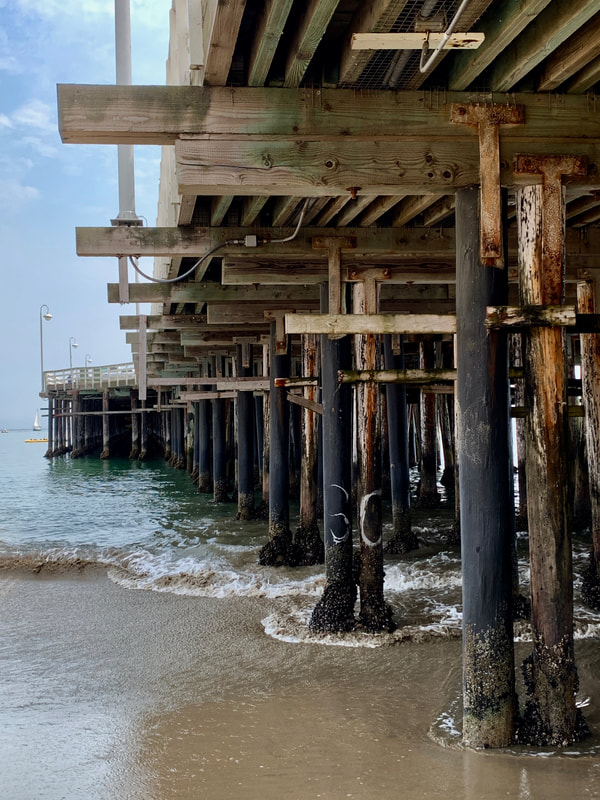
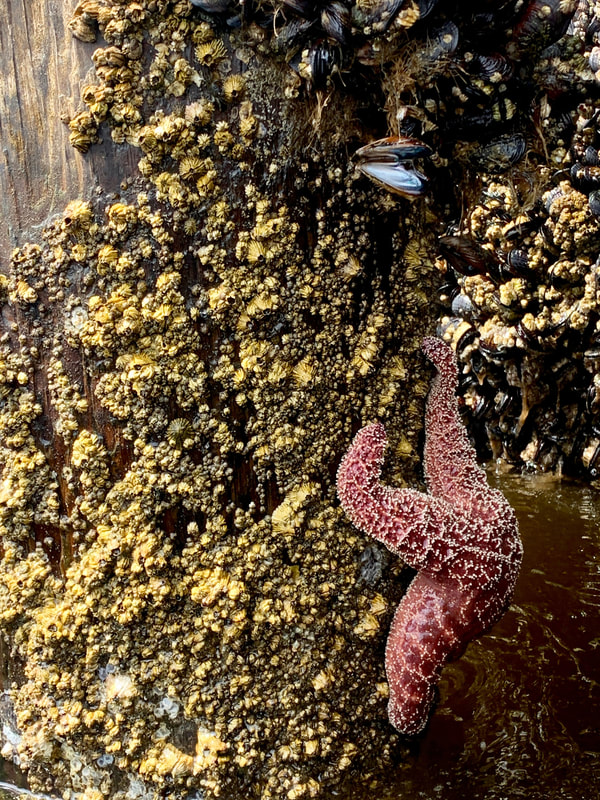
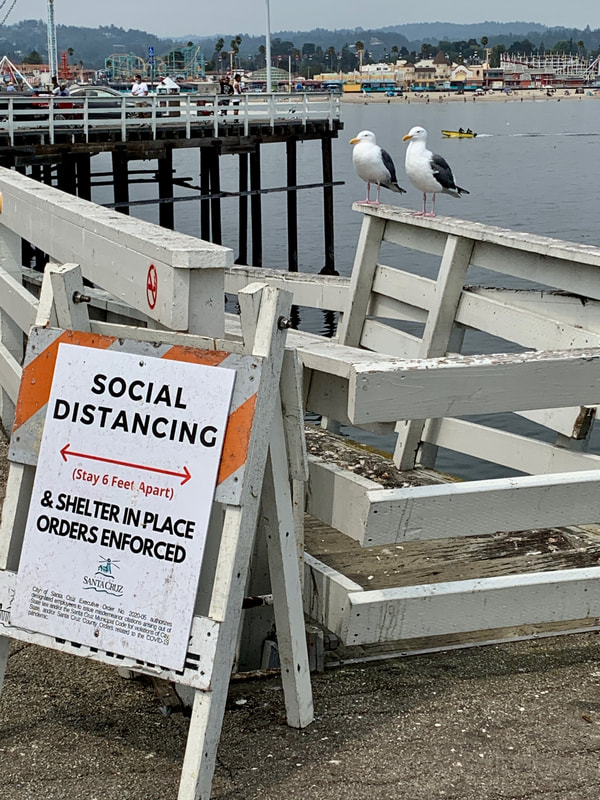
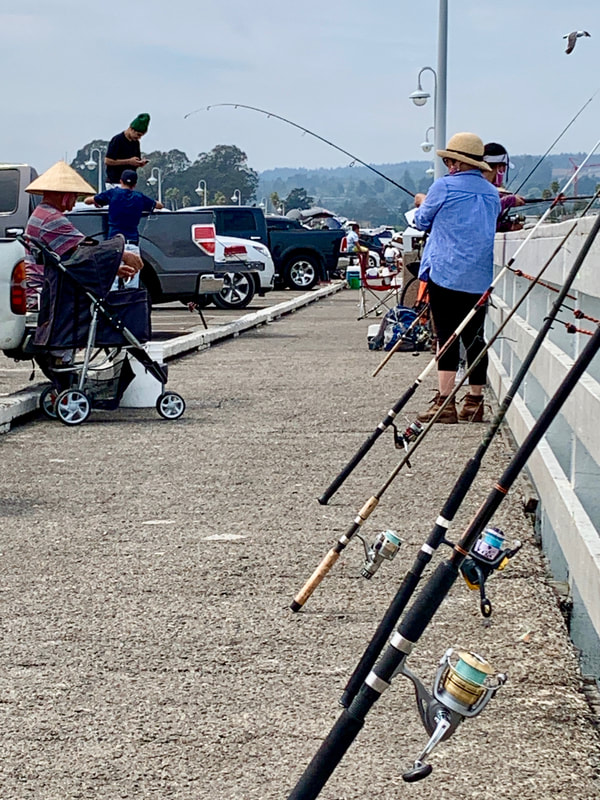
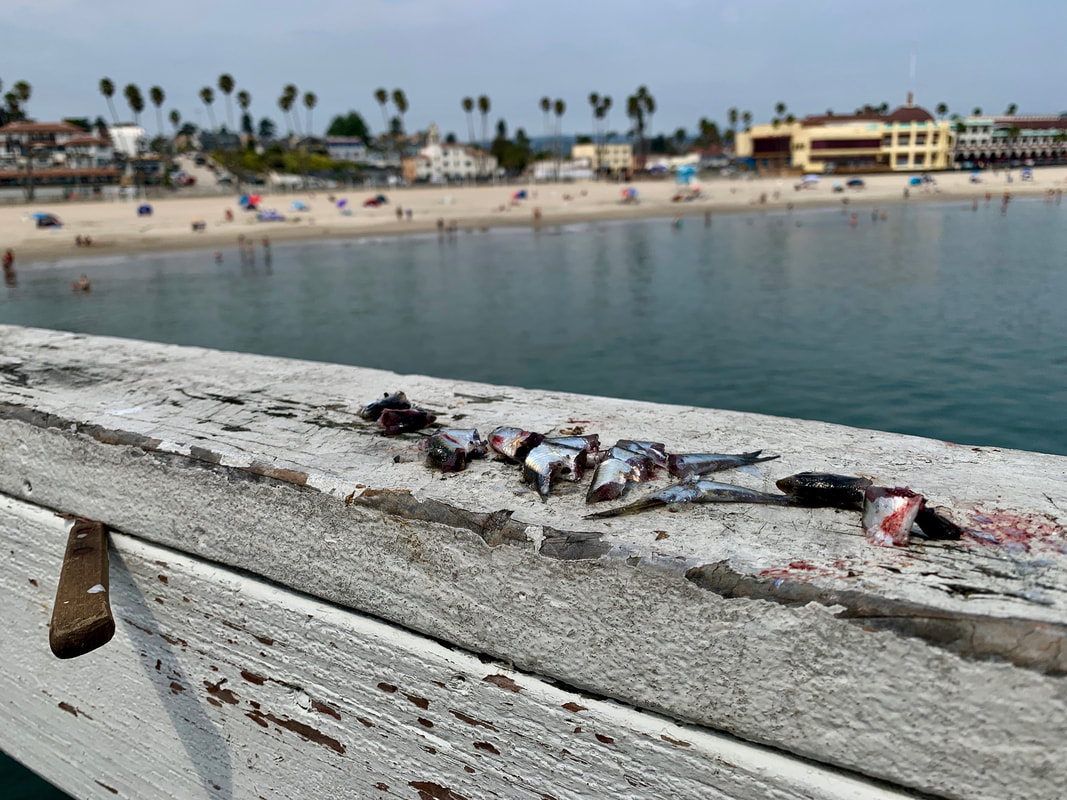
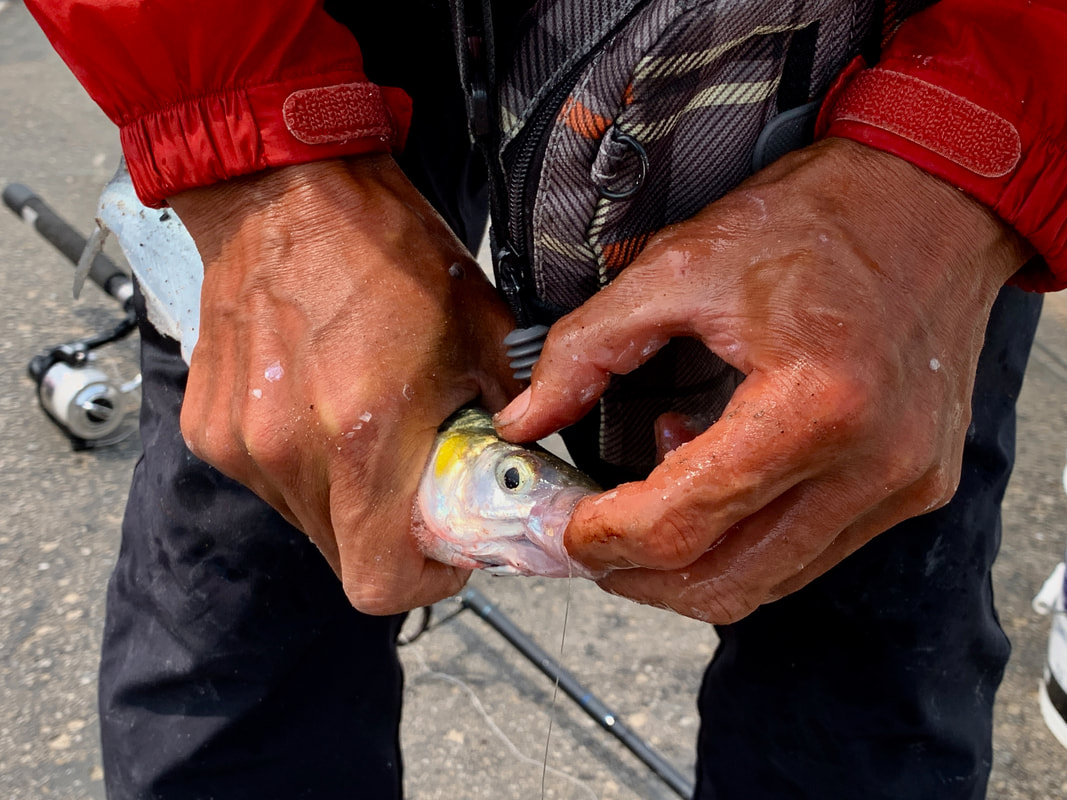
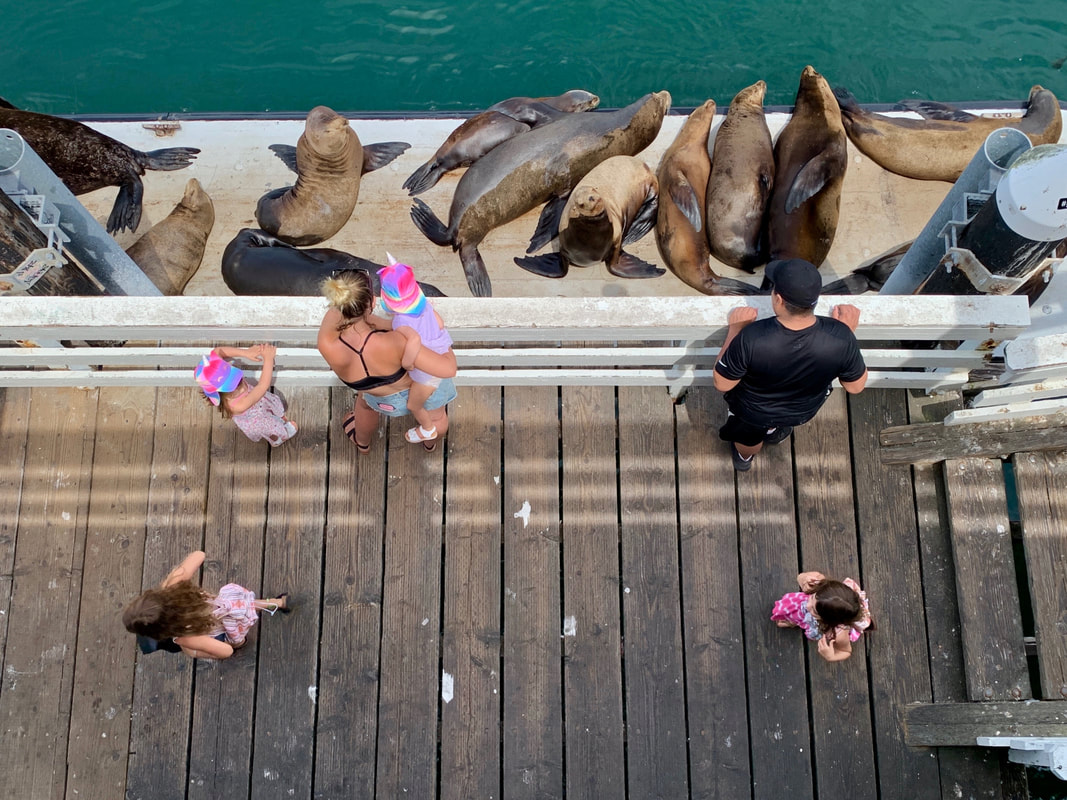
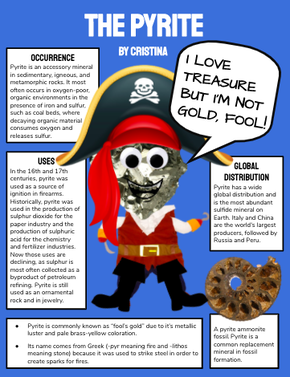
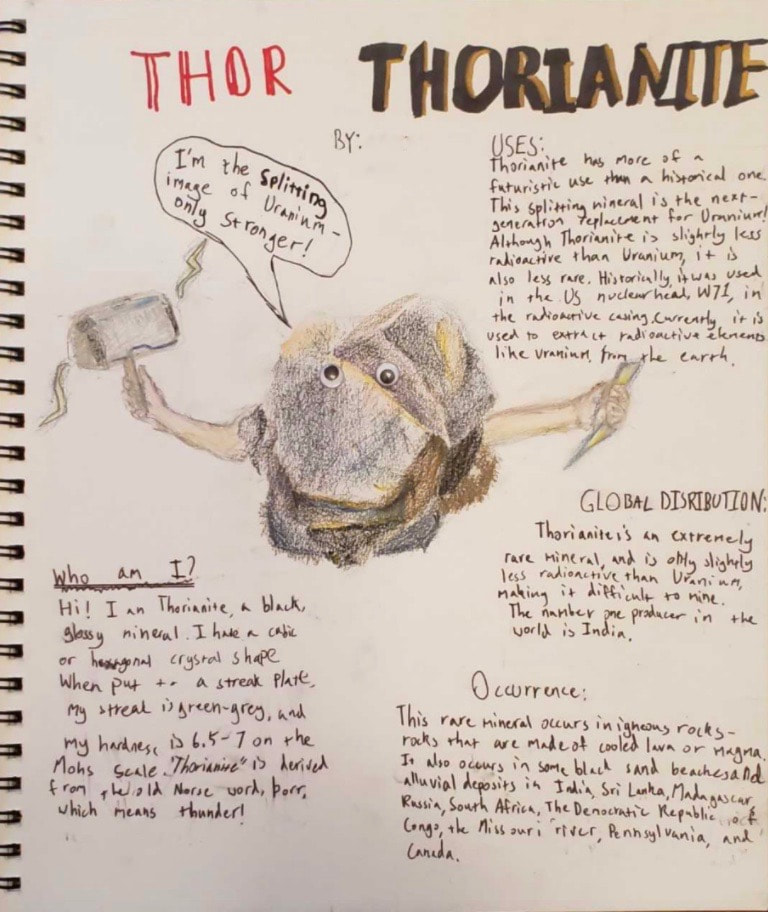
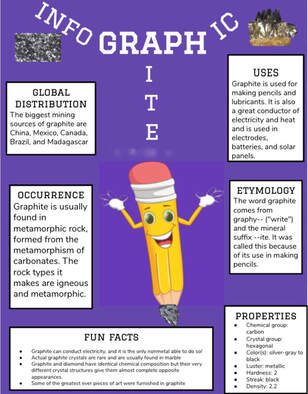
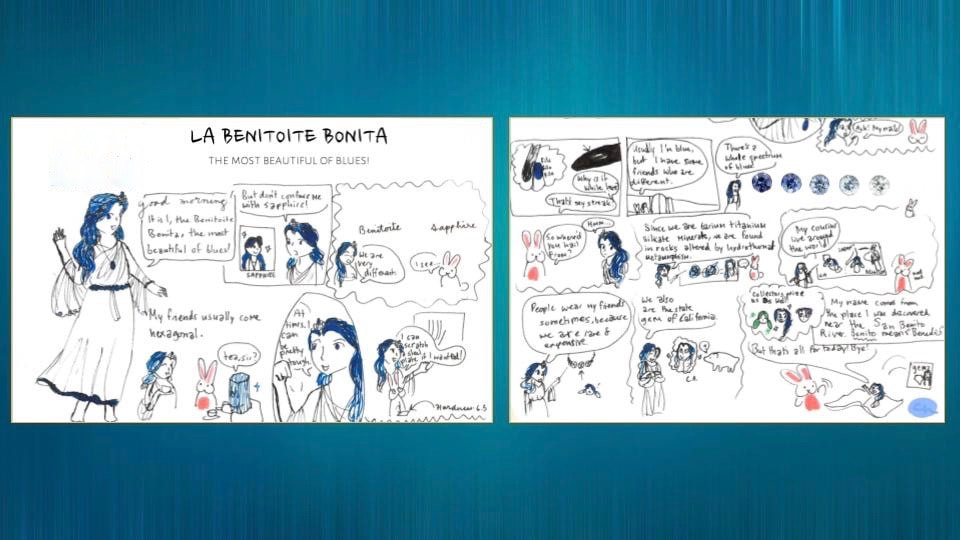
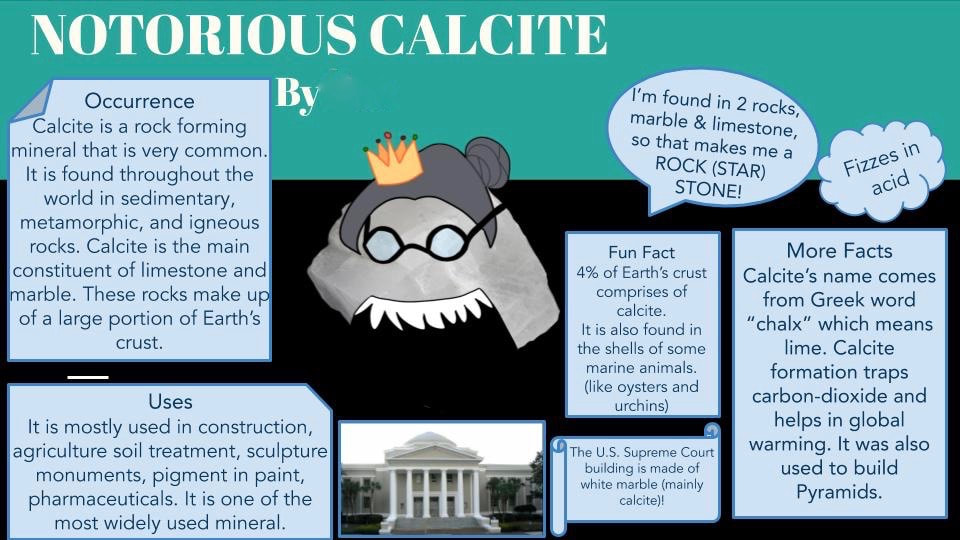
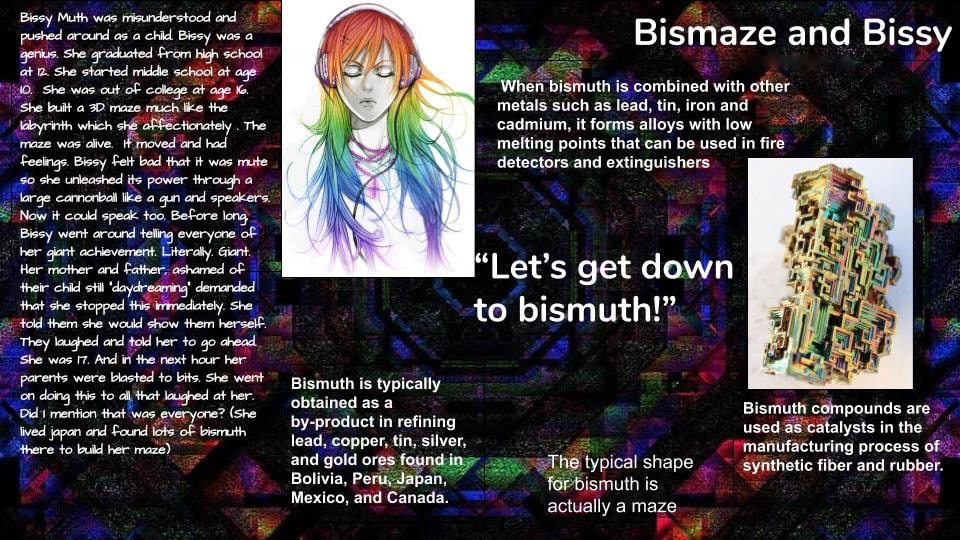
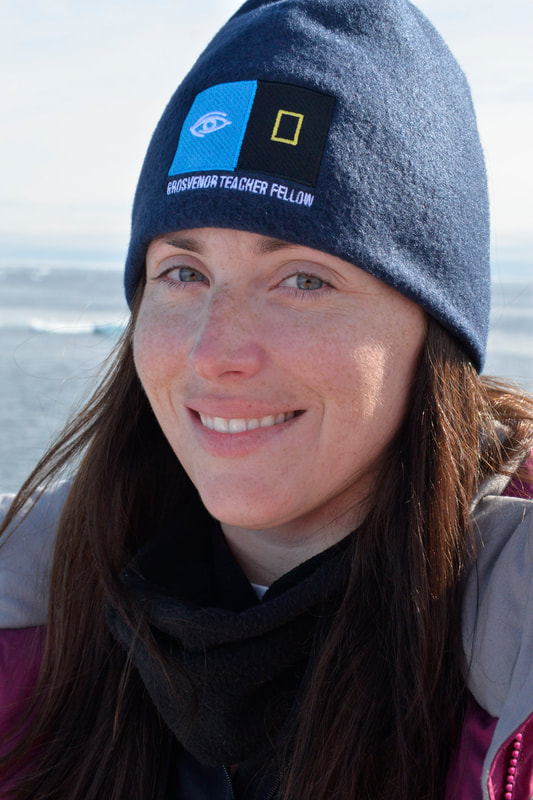
 RSS Feed
RSS Feed